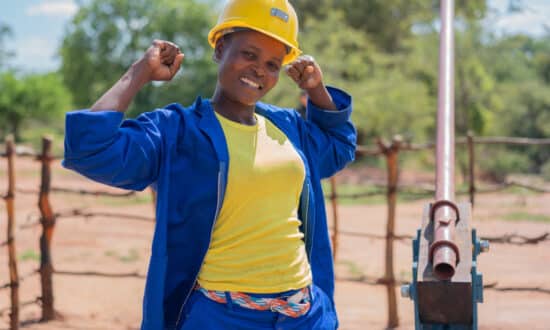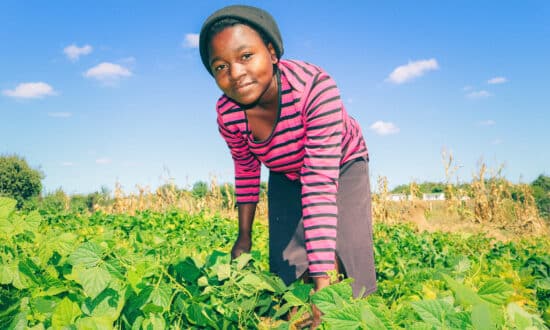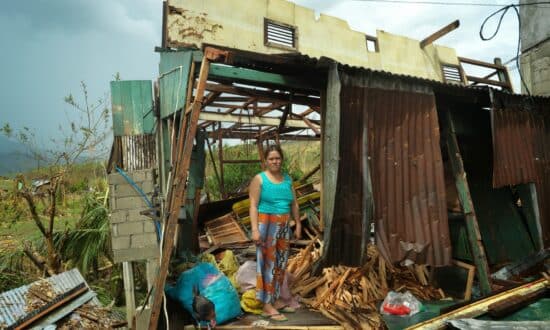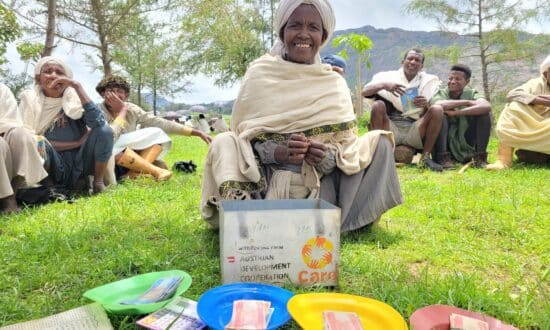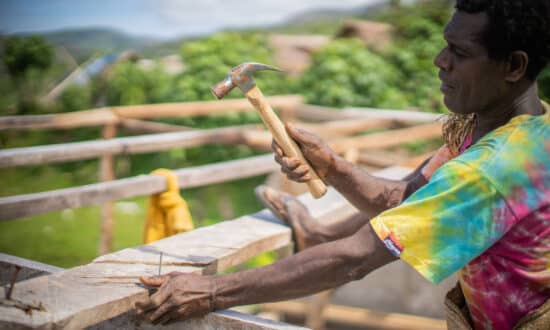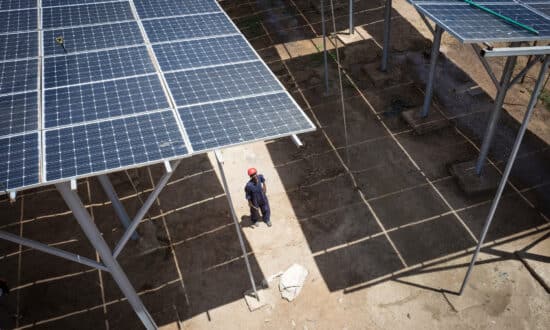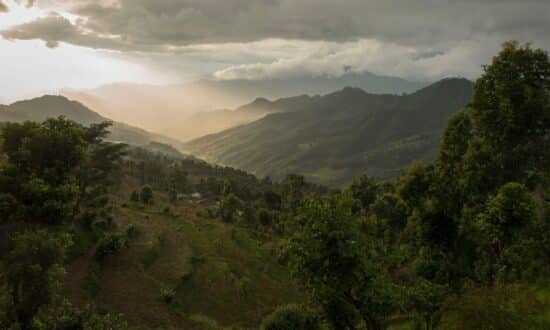Enhancing carbon sinks refers to the protection, restoration, and sustainable management of natural ecosystems, such as forests, wetlands, and soils, to increase their capacity to sequester and store atmospheric CO₂ in biomass and soils.
Earth’s oceans and land-based ecosystems are essential carbon sinks, absorbing over half of global carbon emissions and playing a critical role in regulating the climate. However, major natural carbon sinks, particularly tropical forests in the Amazon, Congo Basin, and Southeast Asia, are under severe stress from deforestation, land degradation, and climate-related pressures. Some are approaching ecological tipping points, where their ability to store carbon may be permanently compromised.
Through its programming, CARE is implementing targeted interventions that blend scientific knowledge, innovative financing, capacity building, and community-led action. These efforts aim to strengthen the ability of local communities to protect, restore, and enhance the ecosystems that serve as critical carbon sinks.
To support meaningful increases in carbon storage and broader climate resilience, CARE promotes a range of nature-based solutions, including:
- Reforestation to expand forest cover and enhance carbon storage in biomass and soils
- Agroforestry to integrate trees into farming systems, diversify local incomes through sustainable production, and increase long-term carbon storage in biomass and soils
- Restoration of tidal wetland systems to strengthen coastal community resilience and maximize carbon storage in biomass and sediments.

